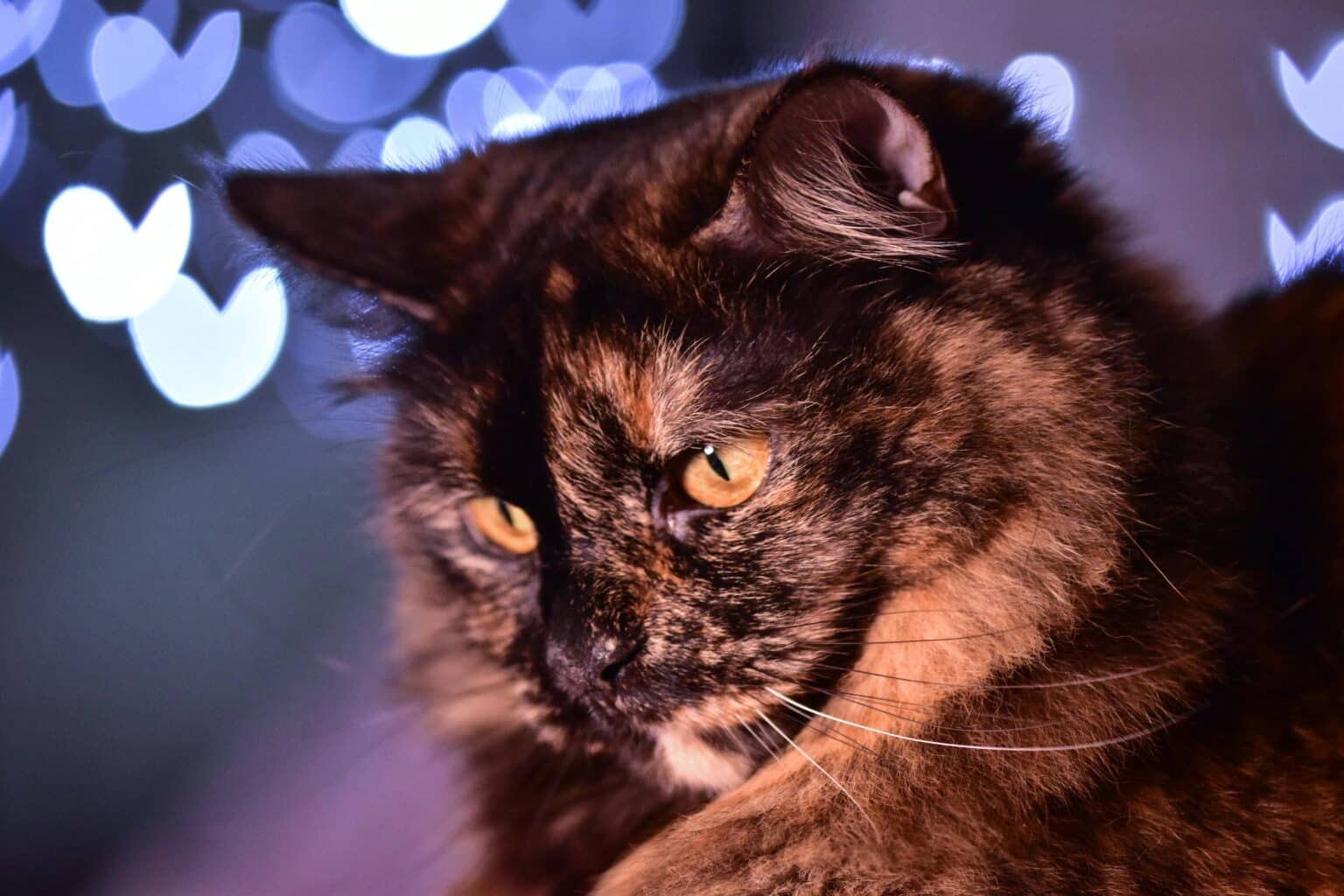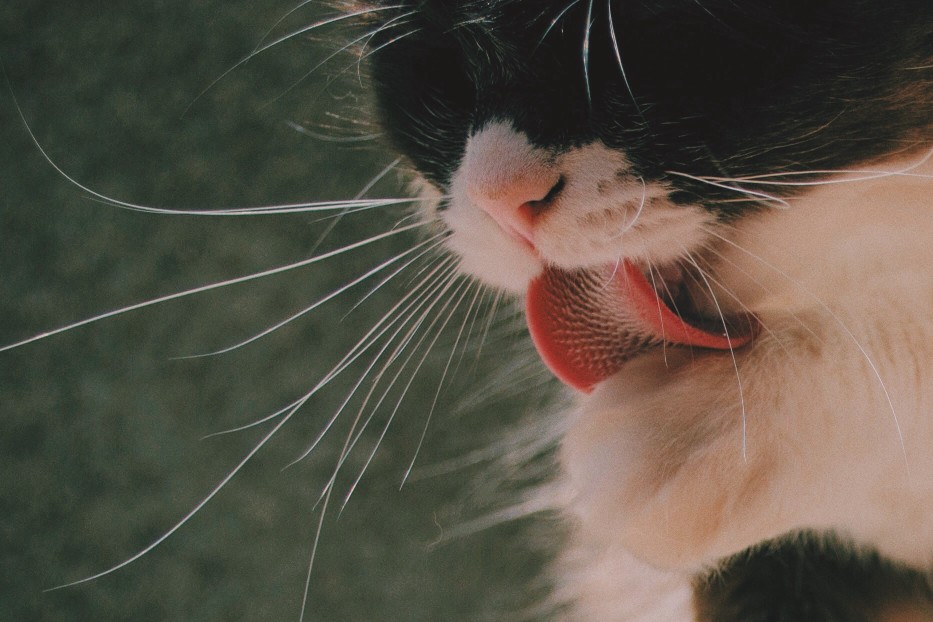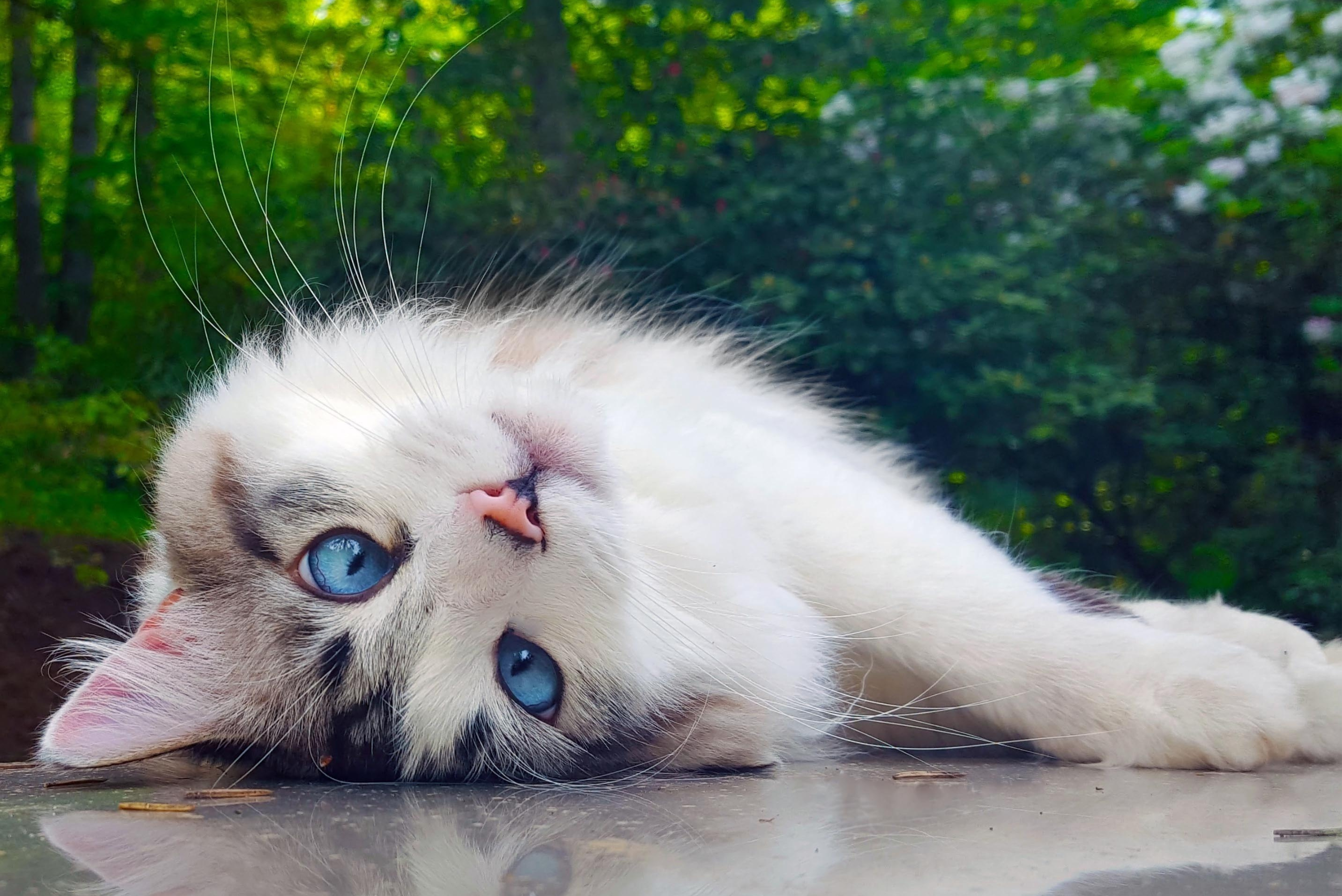You’ve heard it a thousand times: cats have 9 lives. But why this magical number, and what’s really behind the legend? Let’s curl up together and unravel the story—myth, muscle, and a pinch of whiskered wonder.
- Where did the “9 lives” idea come from?
- Ancient roots and a divine feline
- Medieval mystery and superstition
- Seven lives here, nine lives there
- The truth behind the legend: real feline superpowers
- Agility and the righting reflex
- Built to bounce back (within reason)
- Sharp senses and a strong survival instinct
- The 9 lives in today’s culture
- Help your cat keep her one precious life
- Conclusion
- FAQ
Where did the “9 lives” idea come from?
Ancient roots and a divine feline
In ancient Egypt, cats were linked to Bastet, a protective goddess often depicted with a feline head. With sacred status came the idea of protection and remarkable longevity.
The number 9, seen in several cultures as a symbol of completeness or eternity, naturally amplified the aura around cats—resilient, enigmatic, almost untouchable.
Medieval mystery and superstition
During the Middle Ages, cats swung between fear and fascination. Associated with witchcraft on one page and cherished as mouse-catchers on the next, they collected an air of invincibility that stuck.
Seven lives here, nine lives there
Not everyone agrees on the number: in Spain and Germany, people often say cats have seven lives. Either way, the message is the same—these tiny acrobats come back from things that would floor most animals. Curious about how long cats really live in the everyday world?
Take a look at how long cats really live to put the legend into perspective.
The truth behind the legend: real feline superpowers
Agility and the righting reflex
Ever watched your cat twist mid-air and land on her feet? That’s the righting reflex—cats can rotate their head, spine, and hips to reorient quickly. The Cornell Feline Health Center explains how this remarkable reflex helps minimize injury when falls happen.
Built to bounce back (within reason)
Flexible spines, powerful muscles, and no collarbone allow cats to absorb impact better than many animals. Veterinarians even have a name for urban fall accidents: “high-rise syndrome.”
Still, falls are dangerous. The myth can be costly if we get careless—no cat is invincible, and luck runs out fast.
Sharp senses and a strong survival instinct
Cats hear higher frequencies than we do, sense air currents with their whiskers, and see better in low light. Their confidence at night isn’t magic; it’s anatomy.
Want to peek through feline eyes? Discover how cats actually see and why twilight seems to be their favorite runway.
Fun fact: kittens learn the righting reflex early and refine it as they grow—practice makes purr-fect.
The 9 lives in today’s culture
Stories and screens
From clever Puss in Boots to fearless felines in animation, the “extra lives” theme lets storytellers push cats into delightful danger—and back out again.
Proverbs we still quote
You might hear: “A cat has nine lives—three for playing, three for straying, three for staying.” Charming, and strangely accurate if your cat’s hobbies include climbing curtains.
Brands can’t resist the wink
Food, toys, tees—“9 lives” pops up everywhere because it captures what we love about cats: bold, curious, unstoppable (until nap time).
Help your cat keep her one precious life
Secure the home base
Install sturdy window screens or safety nets, and add balcony protection if you have one. Remove hazards like strings, open washing machines, and unstable shelves.
Keep an eye on greenery too: many common houseplants are toxic to cats. Here’s a handy list of toxic plants for cats to check against your home jungle.
Original tip: Teach a “door pause” using a small doormat. Place it inside the entry, cue “wait” whenever the door opens, and reward only when your cat stays on the mat. It’s a simple habit that prevents door-dashing.
- Mistake to avoid: Cleaning accidents with bleach. The smell can actually attract cats back to the spot to re-mark. Use enzymatic cleaners instead. Learn more about why some cats are drawn to bleach.
- Secure blind cords and cables; short, hidden loops prevent accidental entanglement.
- Choose high perches with anti-slip pads; height is fun when it’s safe.
Prevention and vet care
Schedule yearly checkups (twice yearly for seniors), keep vaccines and parasite control current, and microchip your cat. Prevention protects that “one life” better than any myth.
Healthy, happy routines
Feed a balanced diet, rotate toys, and add daily play bursts (even 2–3 sessions of five minutes help). Puzzle feeders keep clever paws busy—and out of trouble.
Conclusion
The idea that cats have 9 lives is a beautiful blend of history and awe, but they only get one with us. With smart safety habits and a little training, that one life can be long, healthy, and full of purrs.
FAQ
- Do cats really have 9 lives? No—just one precious life. The number 9 comes from symbolism and folklore, while real agility and reflexes explain their lucky escapes.
- Why nine lives and not seven? It depends on the culture. English tradition leans toward nine, while countries like Spain and Germany often say seven.
- Do cats always land on their feet? Not always. The righting reflex helps, but height, surface, and health all matter. Even small falls can cause injuries.
- What’s the easiest way to make my home safer? Secure windows, remove toxic plants, use an enzymatic cleaner for accidents, and add a door “pause” mat routine to prevent escapes.








